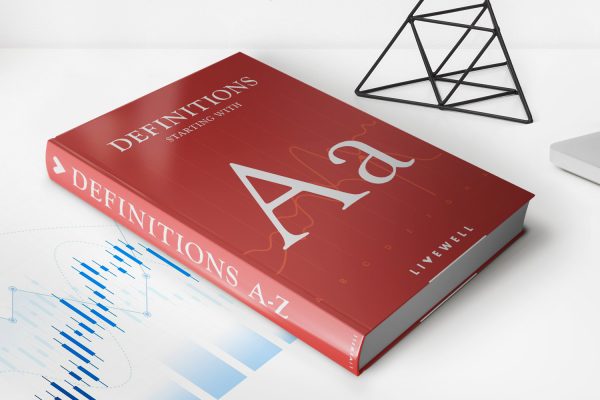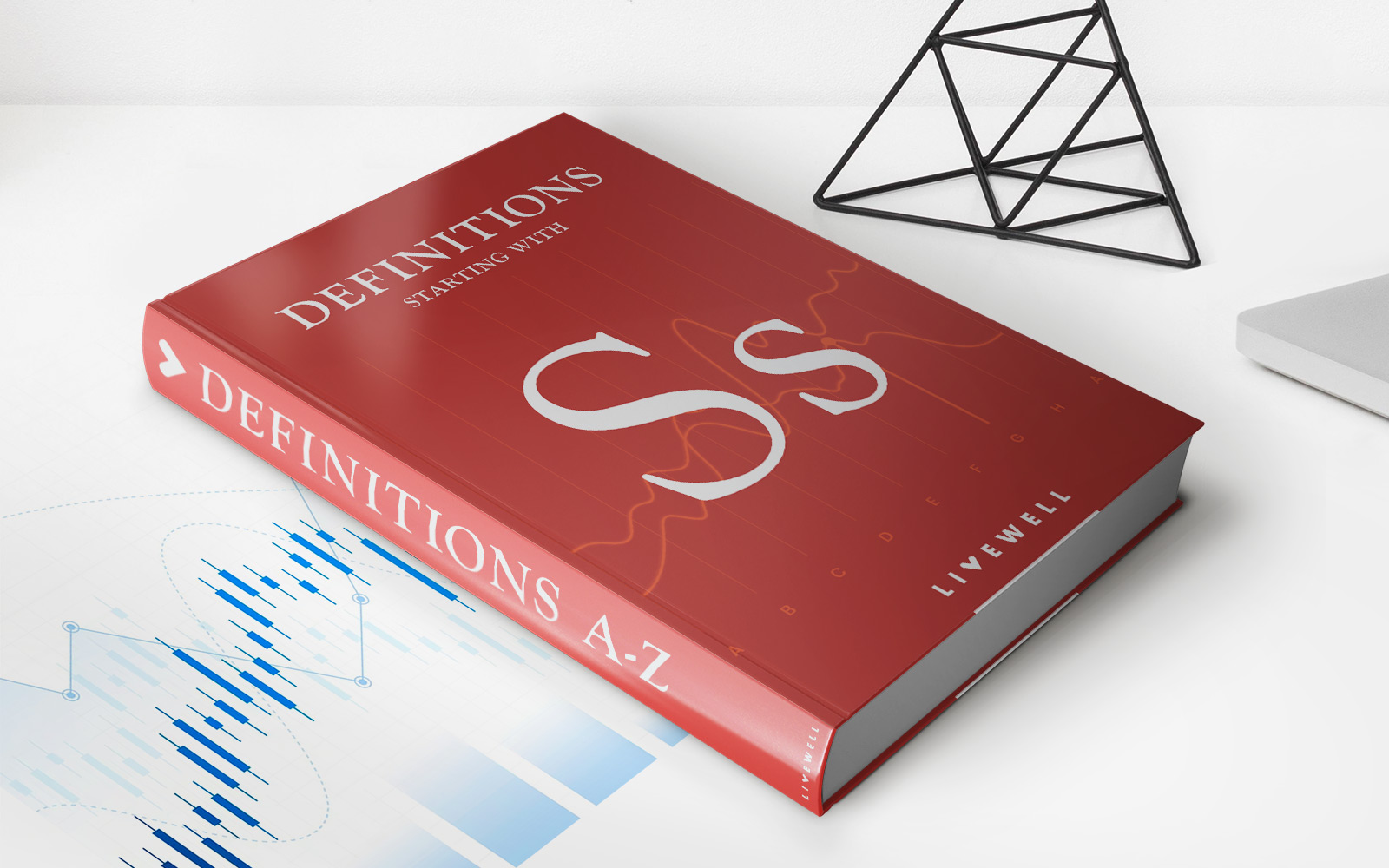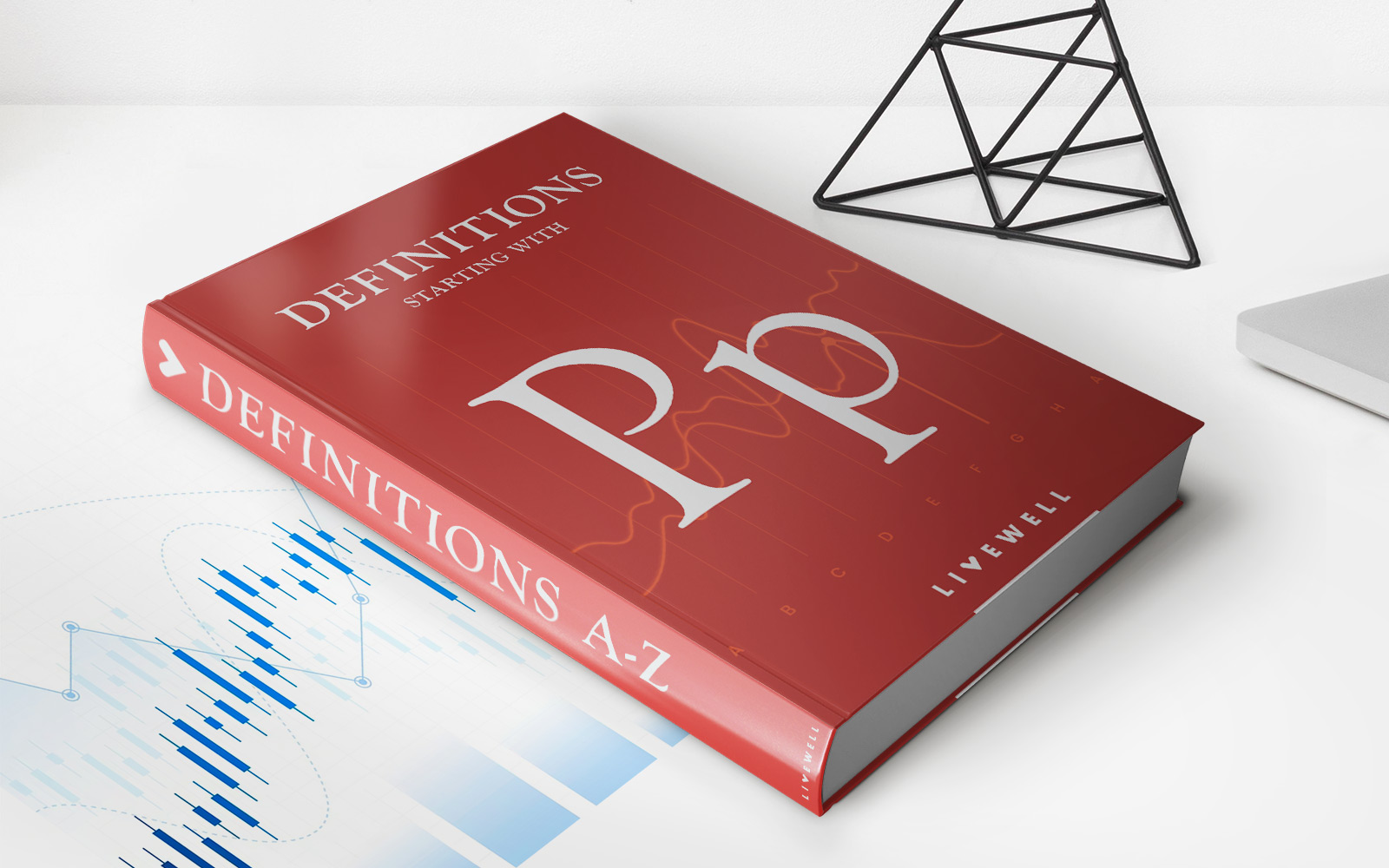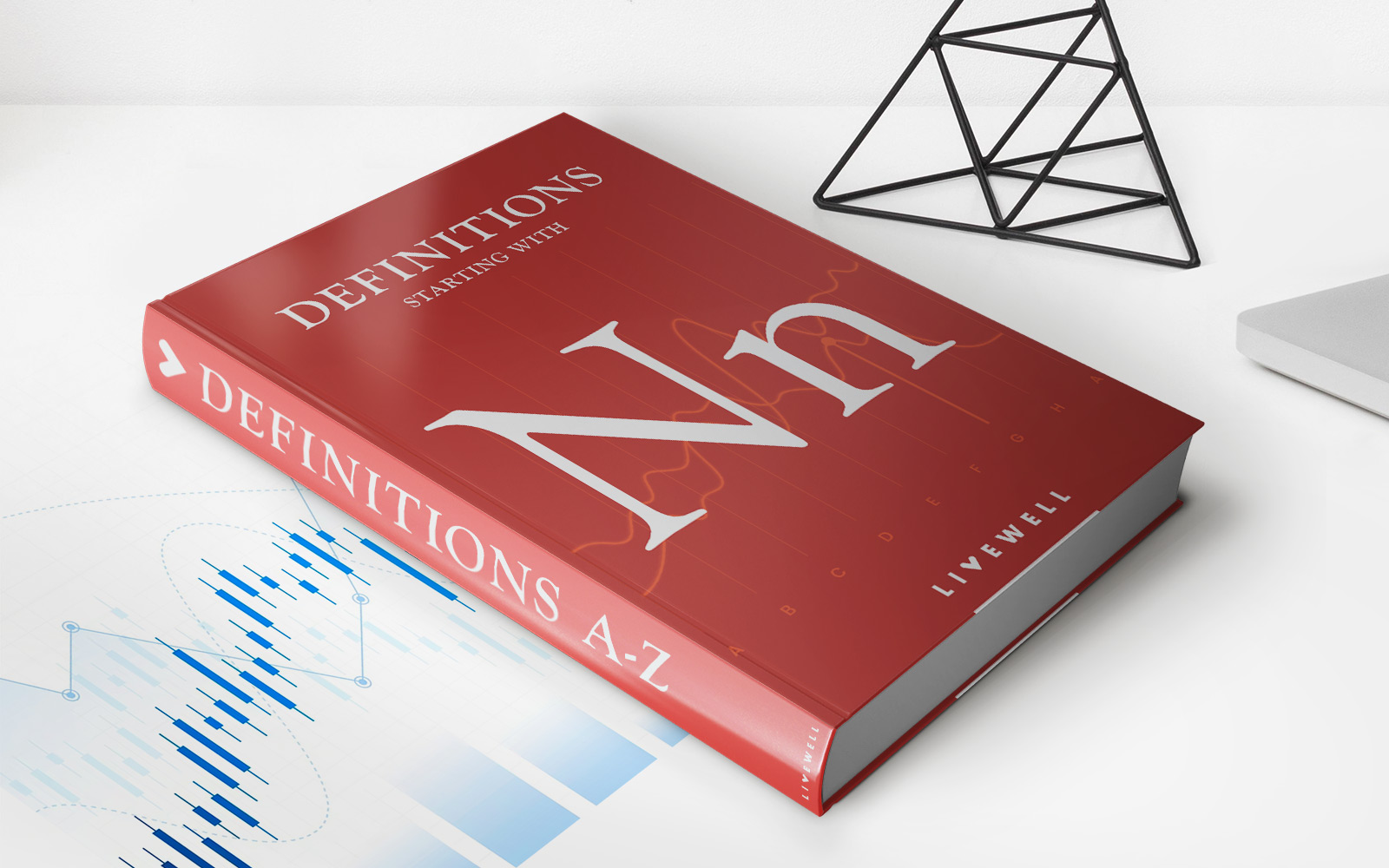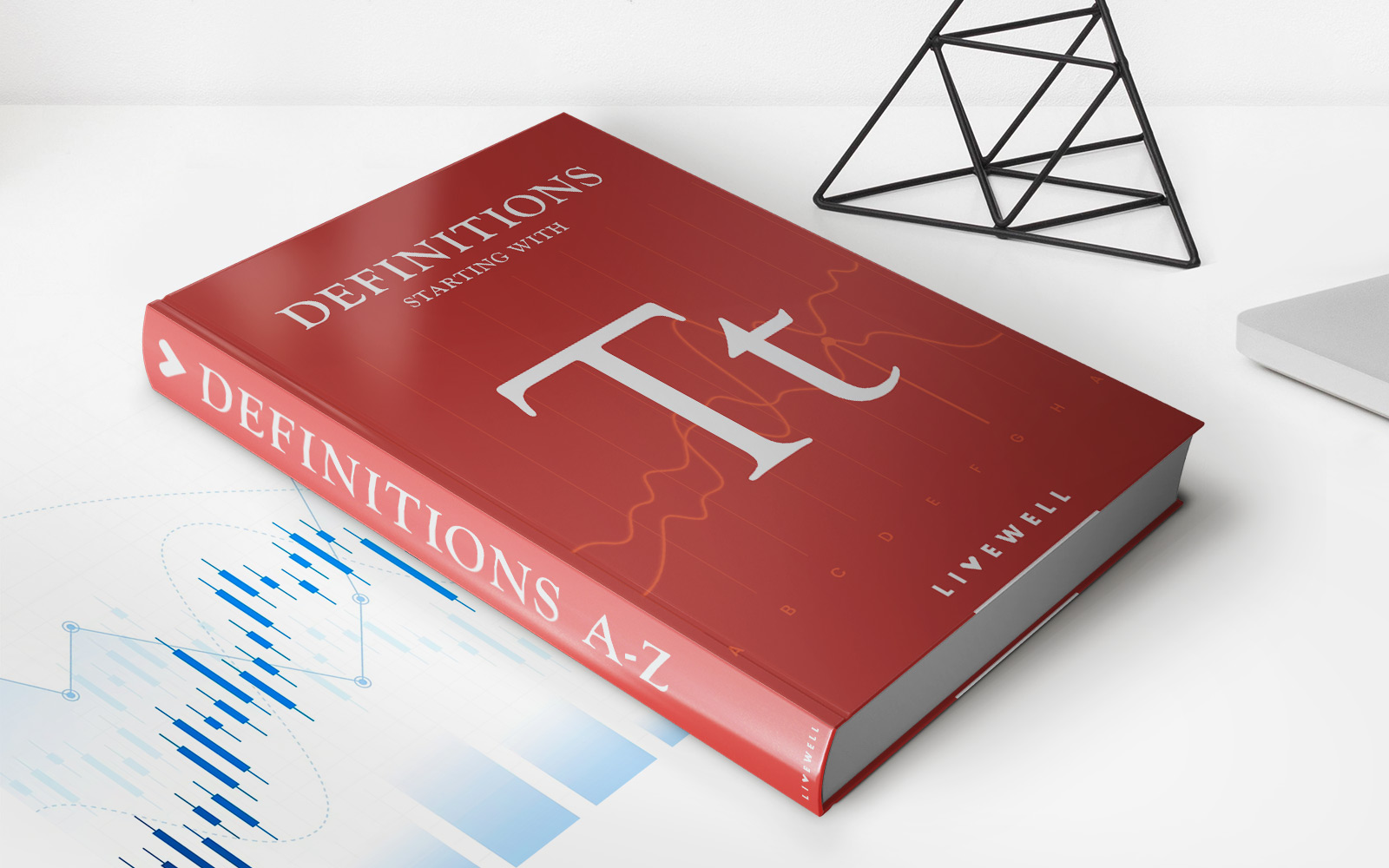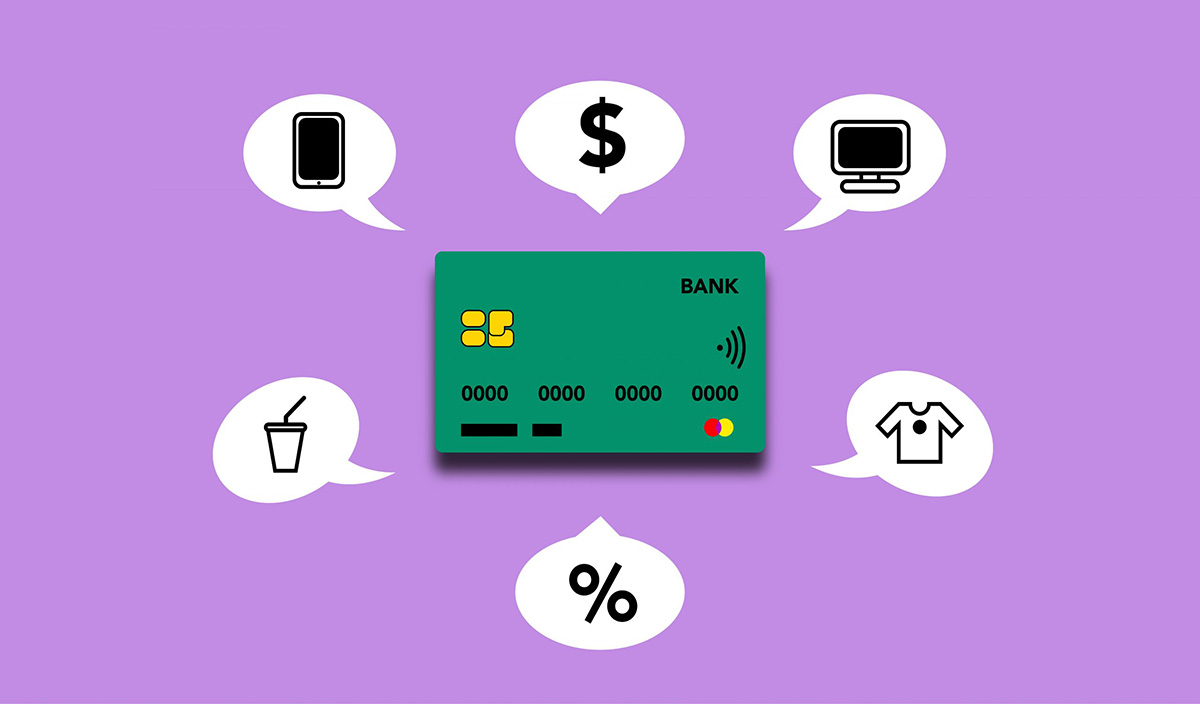Home>Finance>General Partnerships: Definition, Features, And Example


Finance
General Partnerships: Definition, Features, And Example
Published: November 30, 2023
Learn about general partnerships in finance, including their definition, features, and get an example. Gain a comprehensive understanding of this business structure.
(Many of the links in this article redirect to a specific reviewed product. Your purchase of these products through affiliate links helps to generate commission for LiveWell, at no extra cost. Learn more)
General Partnerships: Definition, Features, and Example
Welcome to our FINANCE category! In today’s blog post, we will be discussing the ins and outs of general partnerships. Whether you are an aspiring entrepreneur or an individual interested in diving deeper into the world of business, understanding the concept of general partnerships is essential. So, let’s delve into the definition, features, and example of general partnerships.
Key Takeaways:
- A general partnership is a business structure where two or more individuals or entities join forces to manage and operate a business.
- In a general partnership, all partners share equal rights and responsibilities, including profits, losses, and decision-making.
Definition:
A general partnership is a business structure where two or more individuals or entities come together to establish and run a business. This form of business arrangement is based on an agreement or partnership contract that outlines the rights, responsibilities, and profit-sharing arrangements among the partners.
Unlike other business structures such as sole proprietorships or limited liability companies (LLCs), general partnerships do not require formal registration with the government. The partners can conduct business under their individual names or a fictitious business name.
Features:
General partnerships come with a set of distinct features that make them unique. Let’s explore some of the key features of a general partnership:
- Equal Partners: In a general partnership, all partners have equal rights and responsibilities. Each partner contributes to the business’s success and is equally responsible for any losses or liabilities incurred.
- Shared Management: All partners have the authority to manage and make decisions on behalf of the partnership. However, it is essential to establish clear communication and decision-making protocols to ensure efficient operations.
- Unlimited Liability: Unlike limited liability partnerships, partners in a general partnership have unlimited personal liability for the business’s debts and obligations. This means that their personal assets can be used to satisfy the partnership’s obligations.
- Flow-Through Taxation: General partnerships offer a tax advantage known as “flow-through taxation.” This means that the partnership itself does not pay taxes. Instead, the profits and losses of the partnership are “passed through” to the partners, who report them on their individual tax returns.
- Flexible Profit Sharing: General partnerships allow flexibility in profit-sharing arrangements among partners. The partners can agree on a specific percentage or formula to distribute profits based on their contributions or any other agreed-upon criteria.
Example:
Let’s take a look at a hypothetical example to better understand general partnerships:
John and Jane are both passionate about baking and decide to start a bakery together. They form a general partnership called “Sweet Treats Bakery.” John handles the baking and recipe development, while Jane takes care of marketing and customer relations.
According to their partnership agreement, they both invest an equal amount of capital and agree to share the profits and losses equally. They make decisions jointly, such as hiring employees, setting prices, and selecting suppliers.
Both John and Jane have unlimited personal liability for any debts or legal issues the bakery might face. However, they enjoy the flexibility of flow-through taxation, where the bakery’s profits and losses are reported on their personal tax returns.
Over time, Sweet Treats Bakery becomes a thriving business, thanks to the combined efforts and shared responsibilities of John and Jane.
Conclusion:
In conclusion, general partnerships are a popular business structure where multiple individuals or entities come together to establish and run a business. They offer equal rights, shared management, unlimited liability, and flexible profit sharing. Understanding the features and examples of general partnerships can provide valuable insights for individuals venturing into the world of business.
If you’re considering starting a business, it’s always advisable to consult with a legal professional or a business advisor to ensure you choose the right business structure that aligns with your goals and minimizes potential risks.

